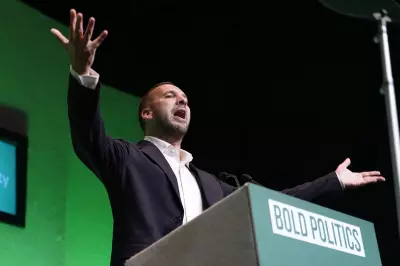
Former US President Donald Trump has repeatedly asserted that violent crime rates are dropping across America, attributing this trend to his policies and influence. However, newly released FBI data paints a more nuanced picture, challenging his claims.
The Contradiction Between Rhetoric and Reality
While Trump continues to campaign on a platform of law and order, the FBI's annual crime statistics report shows mixed results. Certain categories of violent crime have indeed decreased in some areas, but others remain stubbornly high or have even increased.
What the Numbers Actually Show
The FBI report indicates:
- Homicide rates have fallen from pandemic-era peaks but remain above pre-2020 levels
- Aggravated assaults show significant regional variations
- Property crimes continue a long-term downward trend
- Reported rape cases present conflicting patterns across jurisdictions
Experts Analyze the Discrepancies
Criminologists suggest several factors may explain the gap between Trump's statements and official statistics:
- Selective interpretation of data
- Regional variations being overlooked in national rhetoric
- Changing reporting methods affecting year-to-year comparisons
- The complex relationship between policing strategies and crime rates
Dr. Sarah Wilkins, a criminal justice professor at University College London, notes: "Crime statistics are notoriously difficult to interpret. Politicians often cherry-pick data points that support their narrative while ignoring broader trends."
The Political Context
This debate comes as Trump positions himself as the "law and order" candidate for the 2024 presidential election. His campaign has made crime reduction a central theme, despite being out of office for nearly four years.
Meanwhile, the Biden administration has pointed to its own initiatives aimed at reducing gun violence and supporting local law enforcement, though these efforts have shown mixed results.
Public Perception vs. Statistical Reality
Polling consistently shows that many Americans believe crime is worsening nationally, even when local statistics may tell a different story. This disconnect highlights the challenge of communicating complex crime data to the public.
As the 2024 election approaches, experts warn that crime statistics may become increasingly politicized, with both parties using selective data to support their policy positions.





